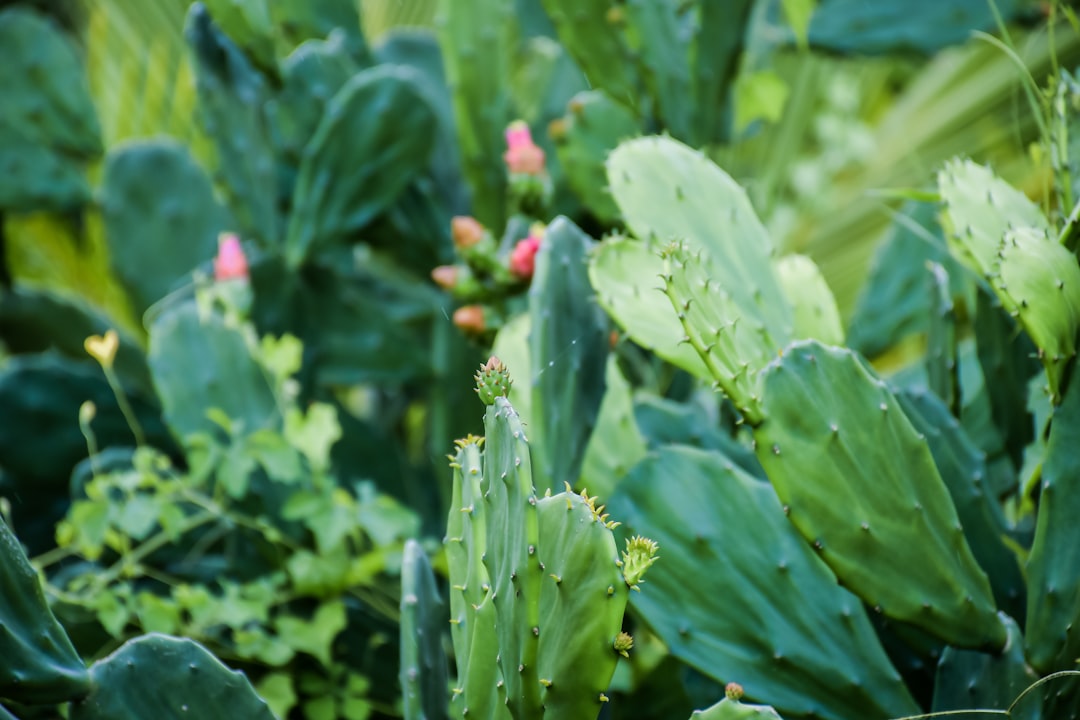
Indoor vining plants have the remarkable ability to transform any living space into a lush, green oasis. They not only add a touch of nature but also serve as a living piece of art, climbing walls, wrapping around stair railings, and spilling out of pots with grace and charm. In this guide, we'll explore some popular indoor vining plants, as well as a few unusual options, that are perfect for these purposes.
### Popular Indoor Vining Plants
Pothos (Epipremnum aureum)
Pothos is one of the most beloved indoor vining plants, and for good reason. It is incredibly easy to care for, making it ideal for beginners. With its heart - shaped leaves that come in various shades of green, yellow, and white, pothos can brighten up any corner of your home. Pothos can tolerate low light conditions, although it will grow more vigorously in bright, indirect light. It can be trained to climb a moss pole or allowed to trail down from a hanging basket. Simply water it when the top inch of soil feels dry, and it will thrive.
Philodendron Brasil (Philodendron hederaceum 'Brasil')
The Philodendron Brasil is a beautiful vining plant with variegated leaves that feature a splash of lime green in the center. This plant is known for its fast - growing nature. It prefers bright, indirect light but can also adapt to lower light levels. Philodendron Brasil looks stunning when it cascades down from a high shelf or climbs up a trellis. Keep the soil evenly moist, but avoid over - watering, as this can lead to root rot.
String of Pearls (Senecio rowleyanus)
This unique vining plant has long, trailing stems adorned with small, round leaves that resemble pearls. String of Pearls is a succulent, so it requires less water compared to other vining plants. It thrives in bright, indirect light and well - draining soil. Hang it in a sunny window, and watch as the strings of pearls spill out of the pot, creating a mesmerizing display. However, be careful not to over - water, as the leaves can easily rot.
### Unusual Indoor Vining Plants
String of Hearts (Ceropegia woodii)
The String of Hearts is a delicate and charming vining plant with heart - shaped leaves that have a beautiful silver variegation. It has thin, wiry stems that can trail for several feet. This plant prefers bright, indirect light and well - draining soil. Water it sparingly, allowing the soil to dry out between waterings. String of Hearts looks stunning when hung in a macrame hanger, creating a bohemian - style look in your home.
Kenilworth Ivy (Cymbalaria muralis)
Kenilworth Ivy is a less common indoor vining plant that has small, round leaves and dainty purple or white flowers. It can be grown in a hanging basket or trained to climb a small trellis. This plant prefers cool, moist conditions and bright, indirect light. Keep the soil consistently moist, but not waterlogged. Its delicate appearance makes it a great addition to a fairy - themed indoor garden.
Creeping Fig (Ficus pumila)
Creeping Fig is a fast - growing vining plant that can be used to cover walls or climb up structures. It has small, heart - shaped leaves that start out light green and darken as they mature. Creeping Fig prefers bright, indirect light and well - draining soil. It can be a bit more challenging to care for compared to other vining plants, as it requires high humidity. You can increase humidity by misting the plant regularly or placing it on a pebble tray filled with water.
### Tips for Growing Vining Plants
Provide Support
Most vining plants need some form of support to climb. You can use moss poles, trellises, or even fishing line to guide the plants in the desired direction. As the plant grows, gently tie the stems to the support using soft plant ties.
Pruning
Regular pruning is essential to keep your vining plants looking their best. Prune back any dead or yellowing leaves, as well as any overgrown stems. This will encourage new growth and keep the plant healthy.
Fertilizing
During the growing season (spring and summer), fertilize your vining plants every two to four weeks with a balanced, water - soluble fertilizer. Follow the instructions on the fertilizer package for the correct dosage.
In conclusion, indoor vining plants offer a wonderful way to bring the beauty of nature indoors. Whether you choose a popular plant like pothos or an unusual option like String of Hearts, these plants will add a touch of greenery and elegance to your home. With proper care and a little creativity, you can create a stunning indoor jungle that will be the envy of all your friends.

Unleashing the Floral Magic of Snowball Hydrangeas
Unleashing the Floral Magic of Snowball Hydrangeas
Unveiling the Secrets of Cultivating Carolina Allspice
Unveiling the Secrets of Cultivating Carolina Allspice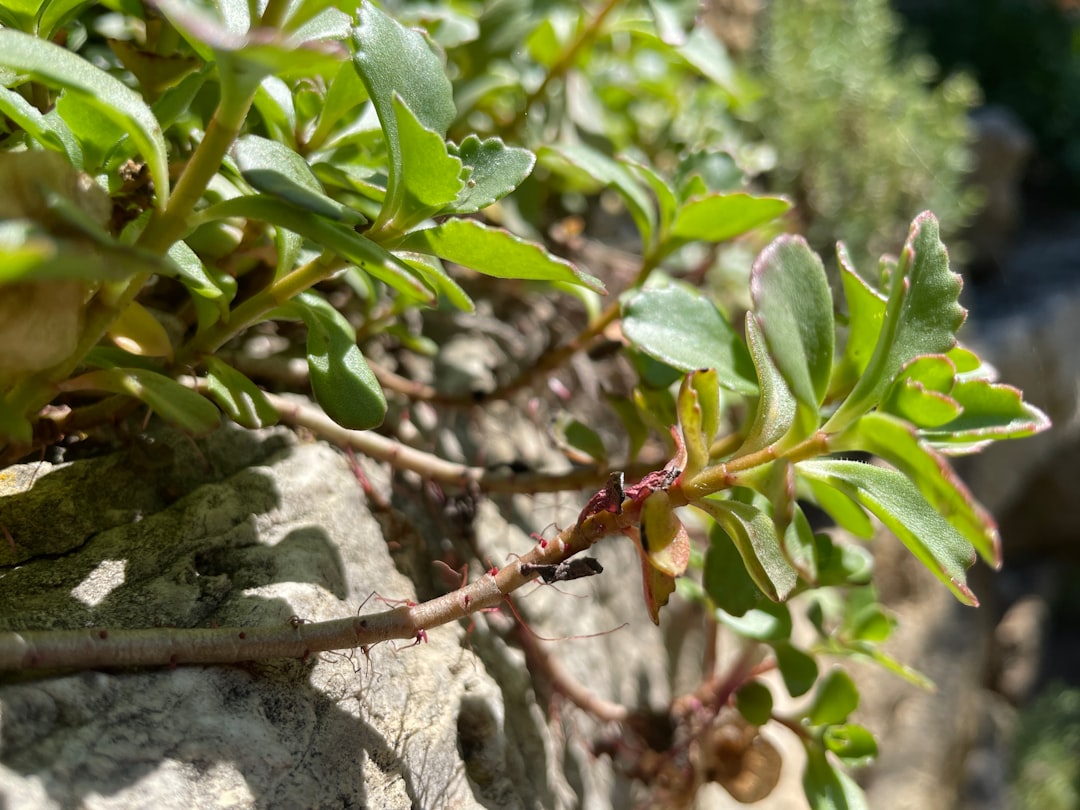
The Art of Planting Bare Root Trees: A Comprehensive Guide
The Art of Planting Bare Root Trees: A Comprehensive Guide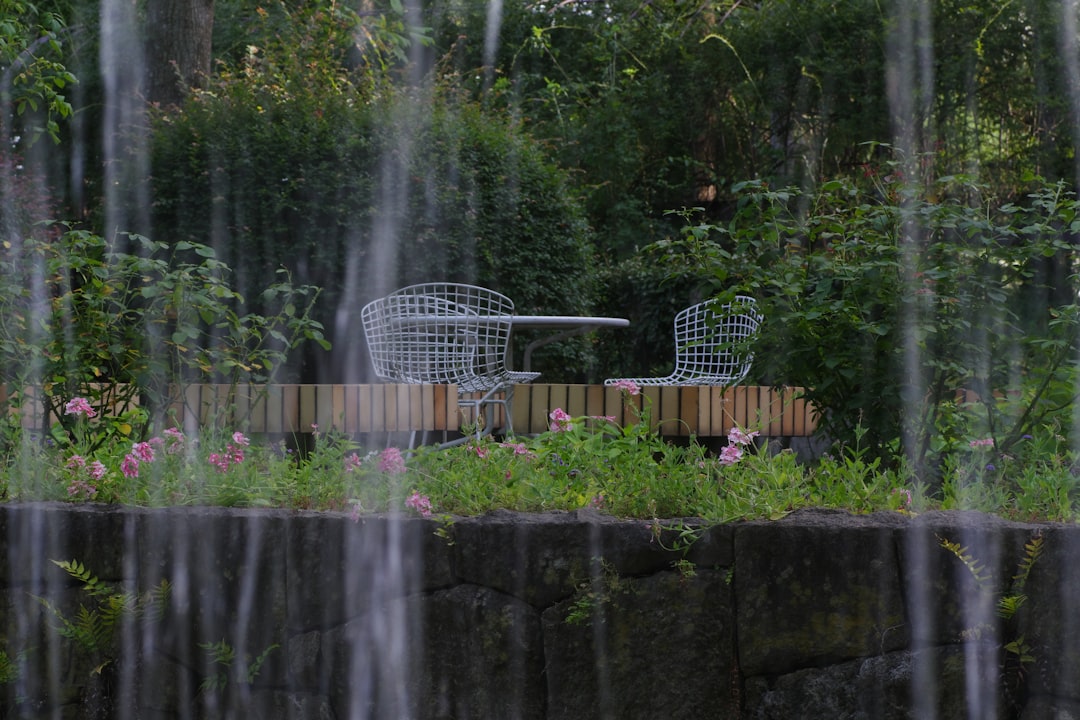
The Enchanting Allure of White - Flowered Trees for Your Front Yard
The Enchanting Allure of White - Flowered Trees for Your Front Yard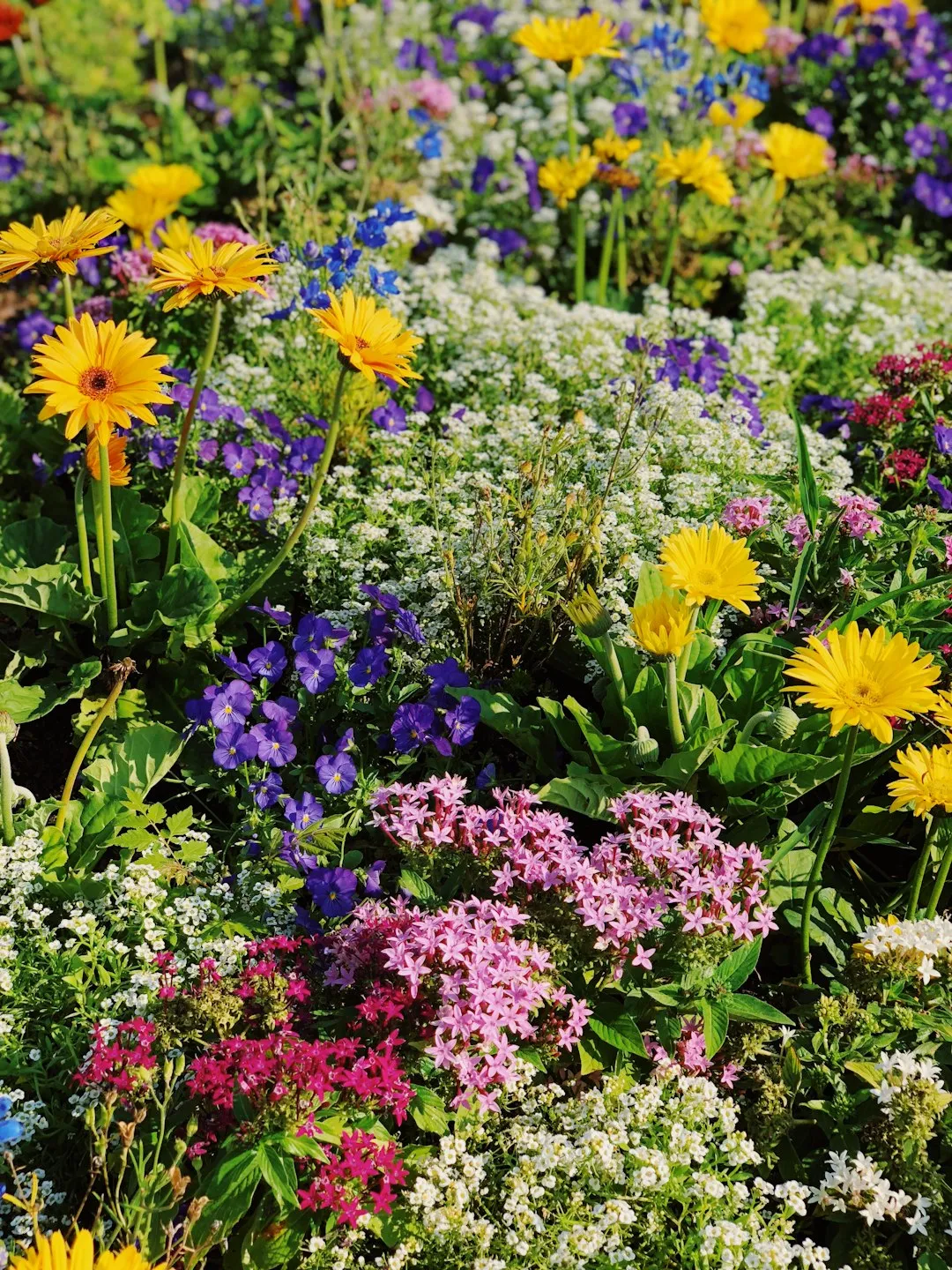
Transform Your Home with Succulent Wall Art from an Old Picture Frame
Transform Your Home with Succulent Wall Art from an Old Picture Frame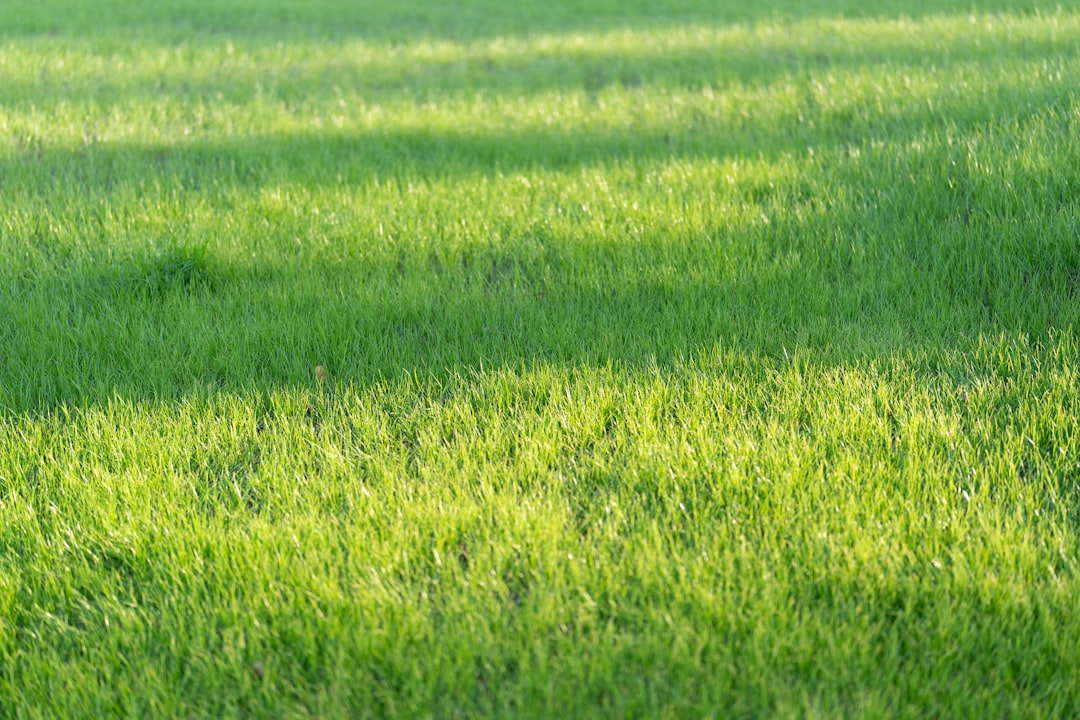
Transforming Broken Pots into Enchanting Fairy Gardens
Transforming Broken Pots into Enchanting Fairy Gardens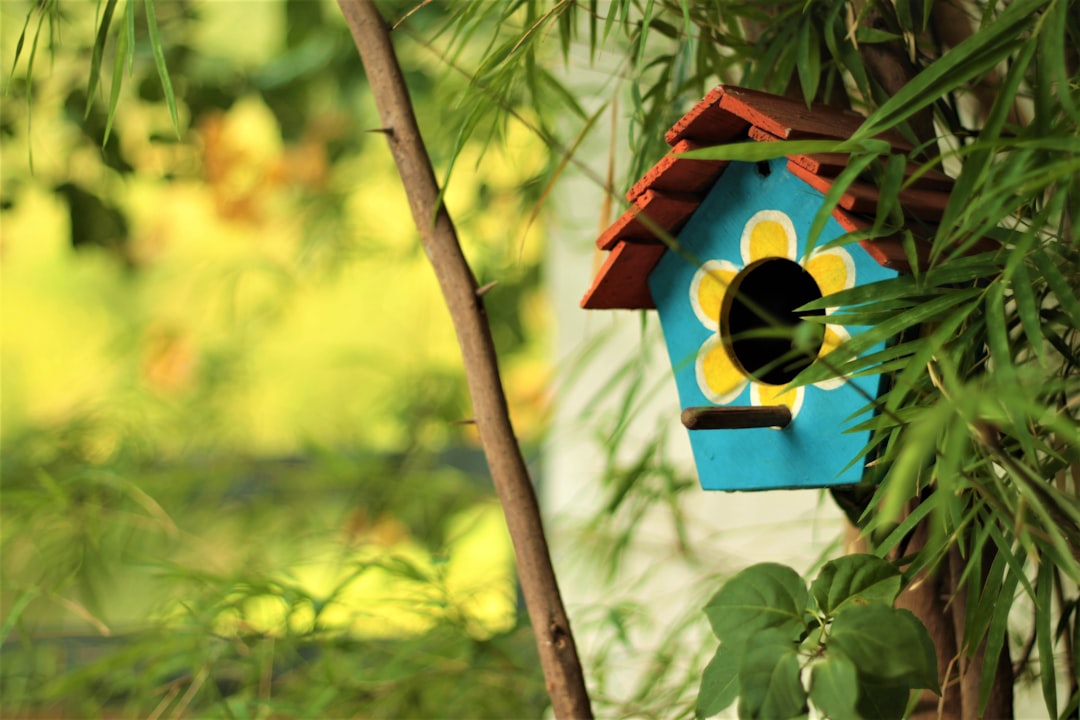
Unleash the Beauty of Dahlias in Pots This Summer
Unleash the Beauty of Dahlias in Pots This Summer
Transform Your Shady Yard with Caladium Container Magic
Transform Your Shady Yard with Caladium Container Magic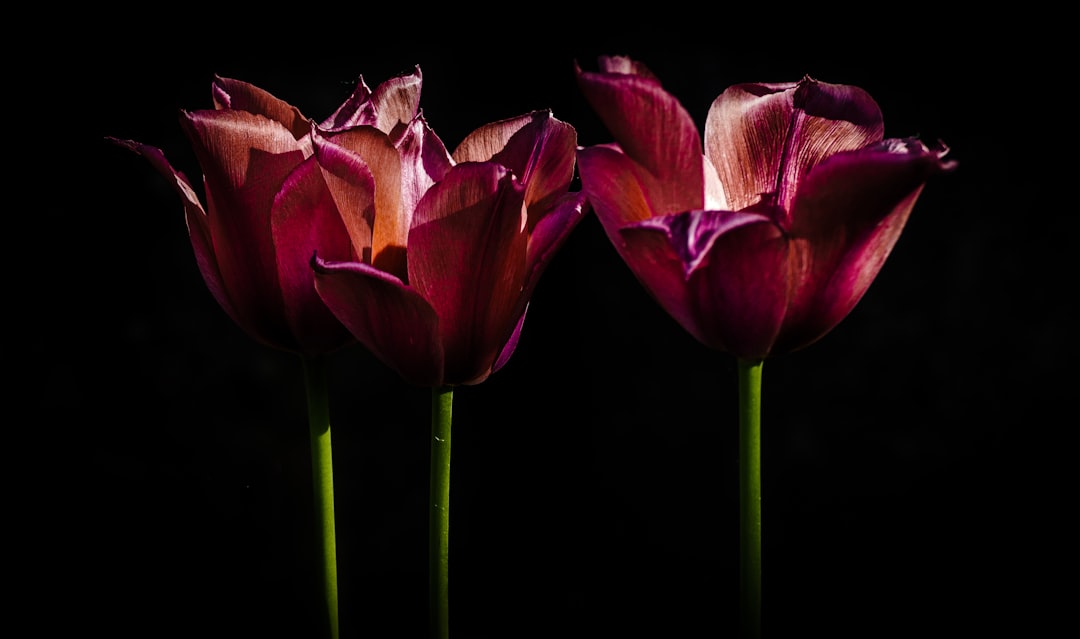
Unleash Your Creativity with DIY Concrete Planters
Unleash Your Creativity with DIY Concrete Planters
The Secret to Thriving Jade Plants: Minimal Effort, Maximum Results
The Secret to Thriving Jade Plants: Minimal Effort, Maximum Results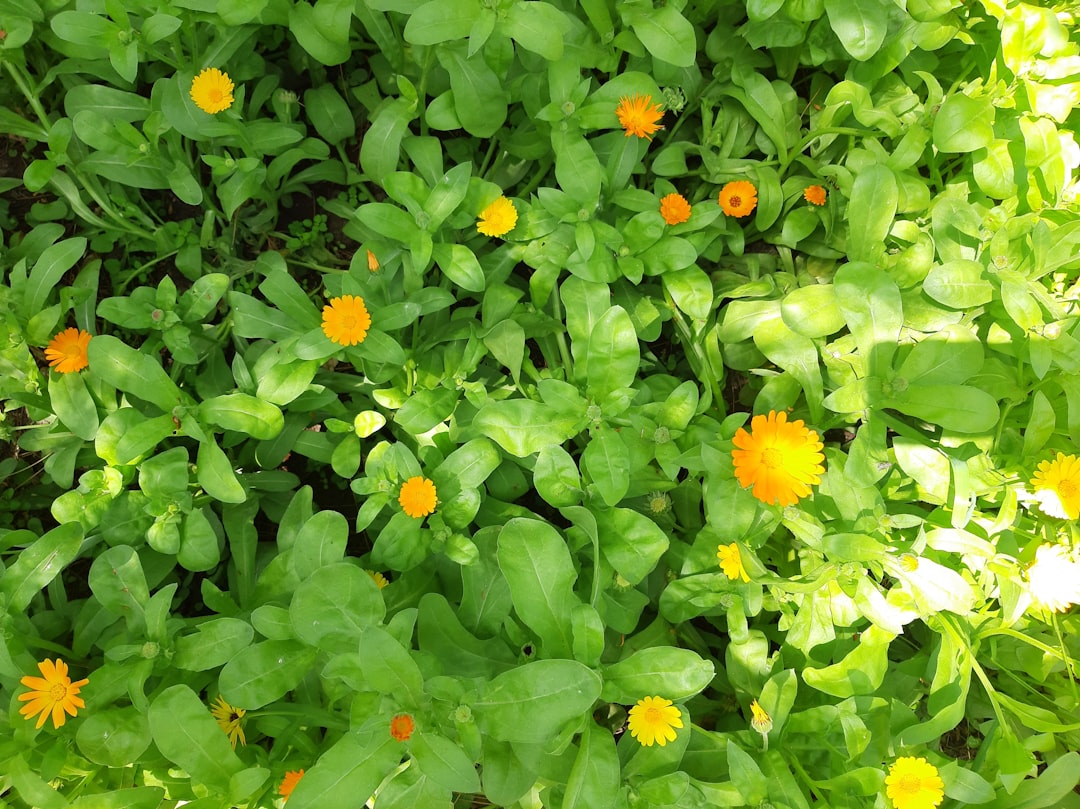
Unveiling the Secrets of Thriving Houseplants: A Two - Month Journey
Unveiling the Secrets of Thriving Houseplants: A Two - Month Journey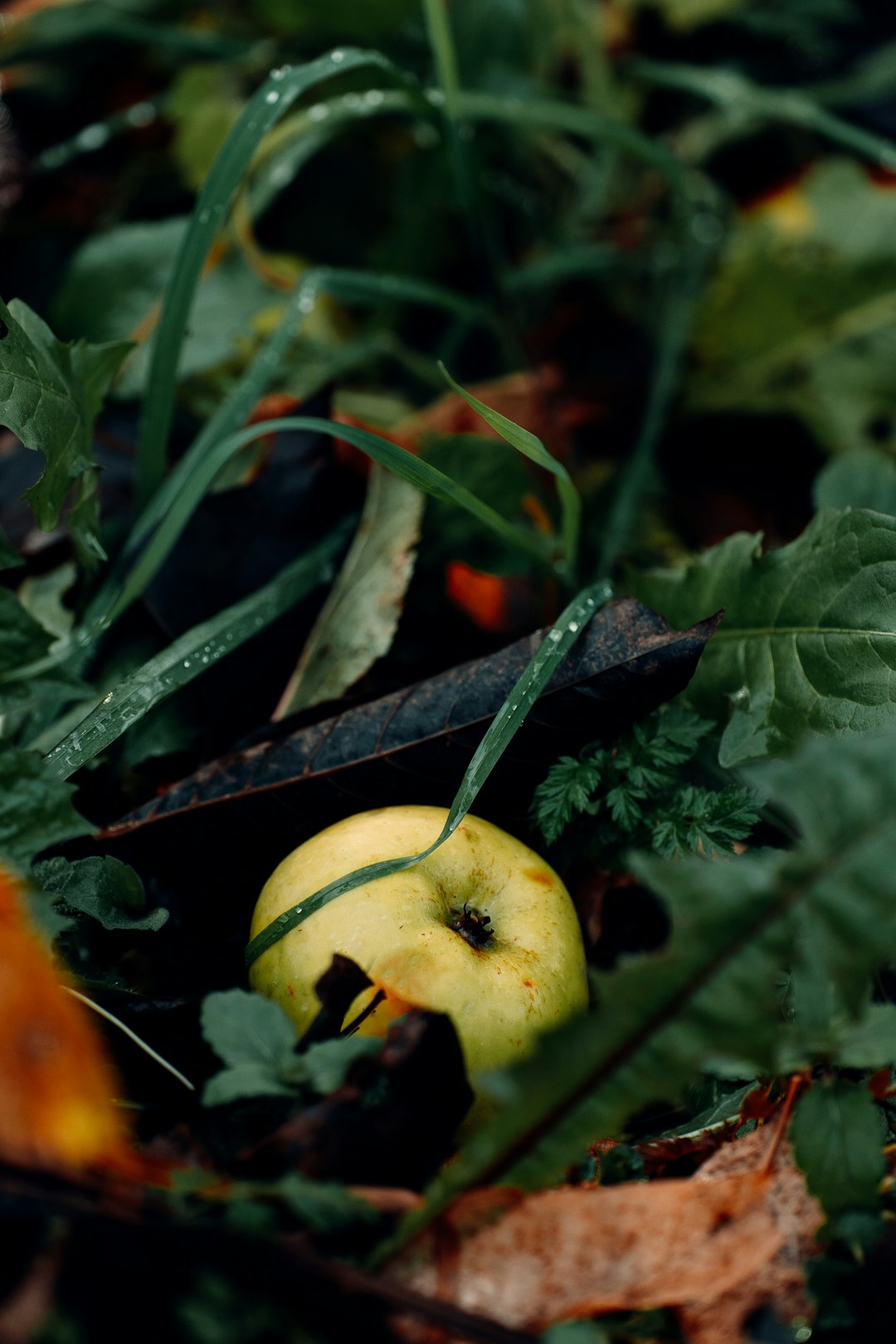
The Ideal Starter Plant for Your Indoor Oasis
The Ideal Starter Plant for Your Indoor Oasis
Transform Tiny Outdoor Spaces with a DIY Container Pond
Transform Tiny Outdoor Spaces with a DIY Container Pond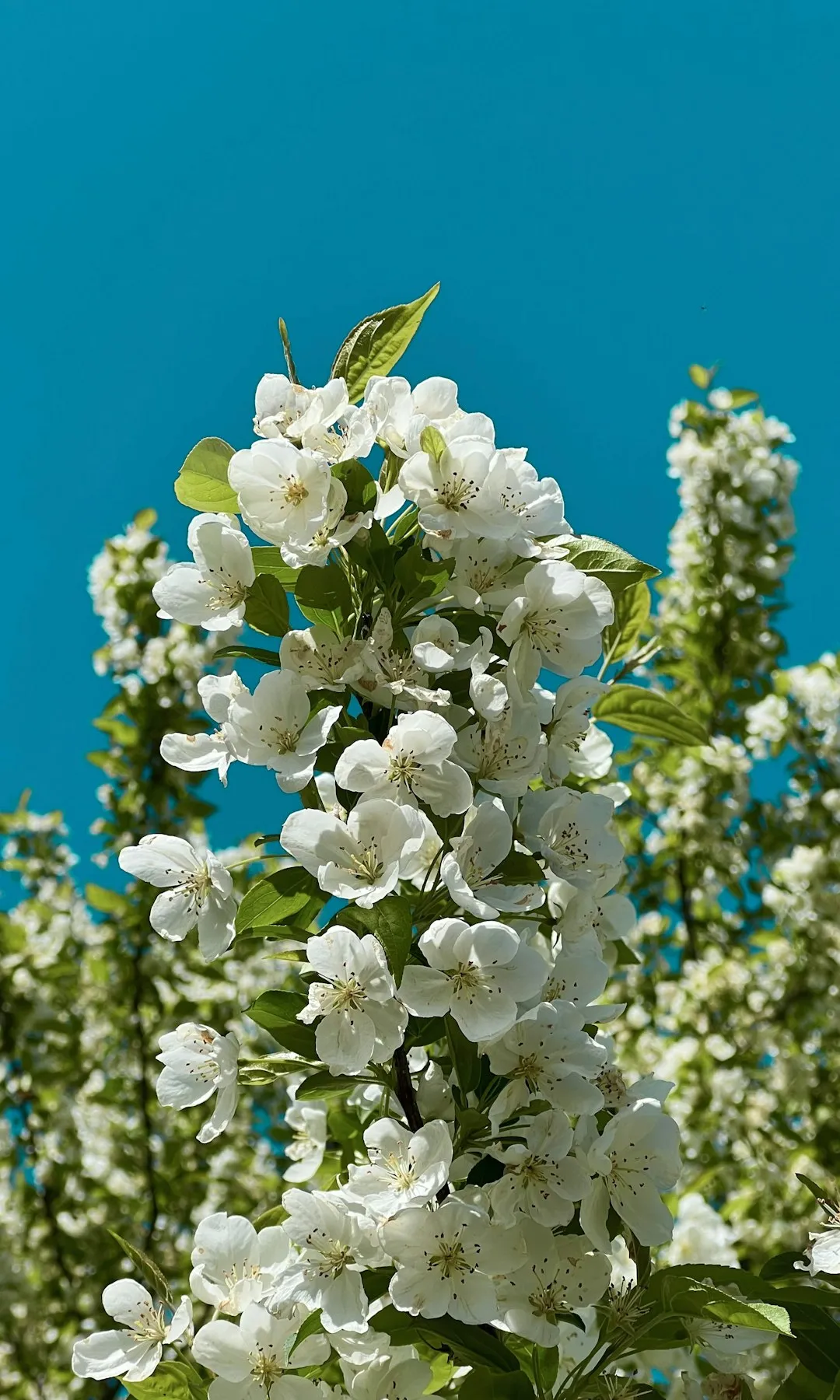
The Gravel Guide: Avoiding Common Pitfalls in Landscape Design
The Gravel Guide: Avoiding Common Pitfalls in Landscape Design
Summer's Floral Magic: Transforming Your Garden
Summer's Floral Magic: Transforming Your Garden
Transform Your Mailbox into a Garden Gem
Transform Your Mailbox into a Garden Gem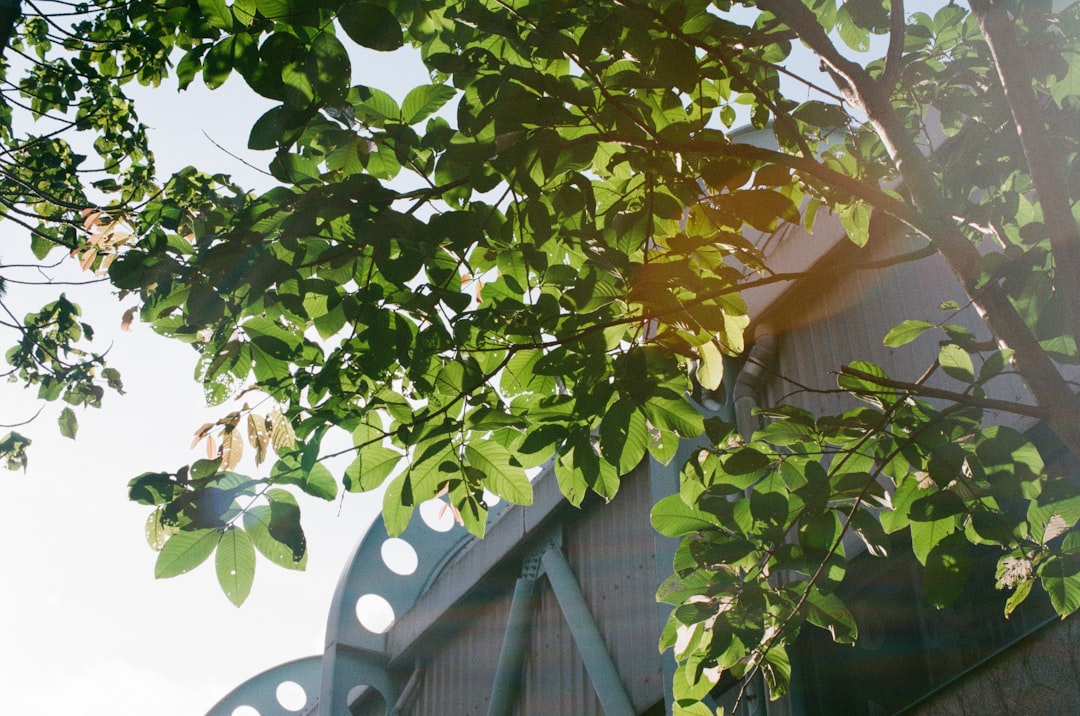
Transform Your Backyard with a Storm - Catching Oasis
Transform Your Backyard with a Storm - Catching Oasis
The Surprising Truth About Weed - Control in Vegetable Gardens
The Surprising Truth About Weed - Control in Vegetable Gardens
Conquer Your Garden's Invaders: Expert Solutions
Conquer Your Garden's Invaders: Expert Solutions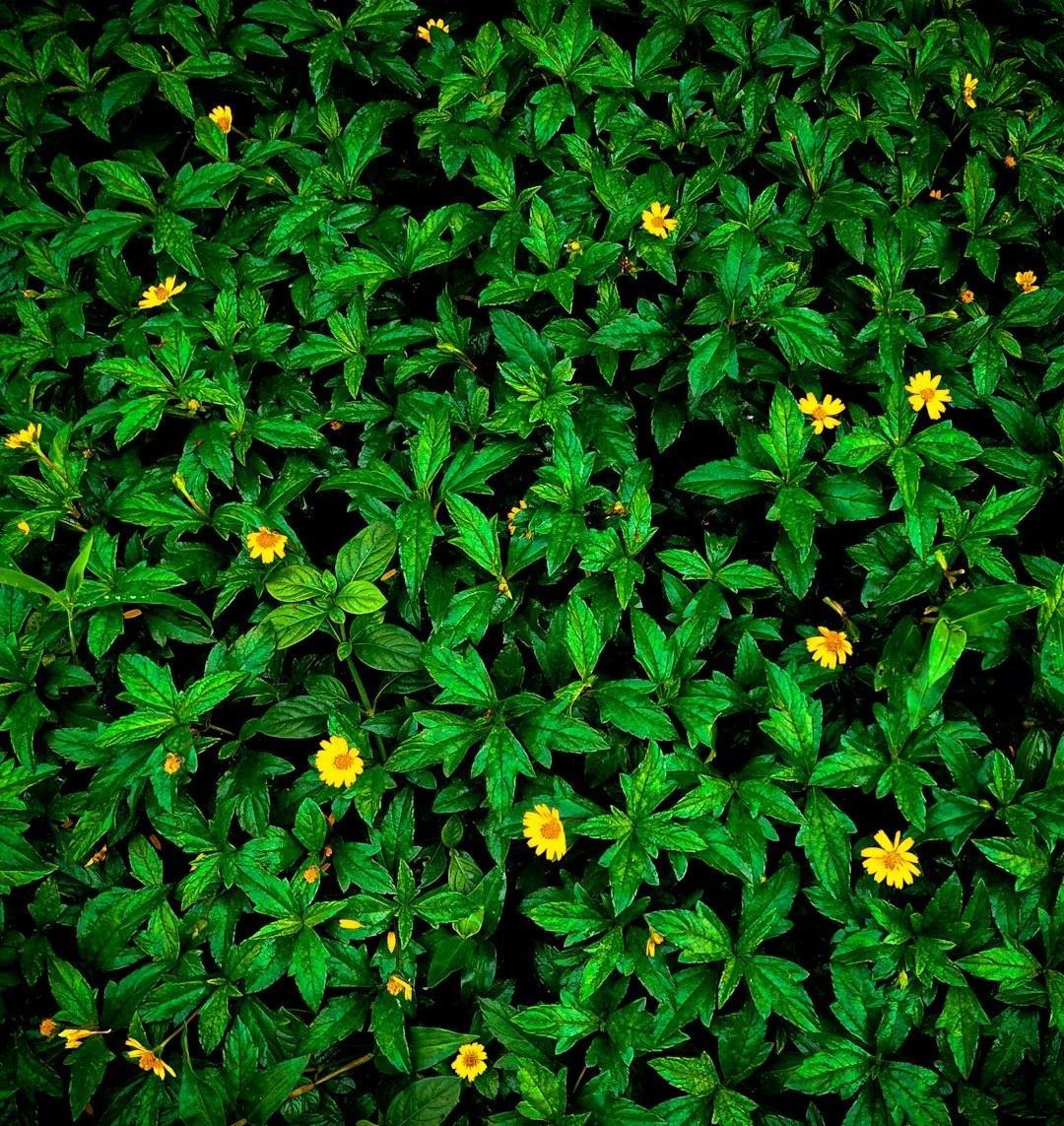
Reviving Your Hibiscus: Solving the Mystery of Yellow Leaves
Reviving Your Hibiscus: Solving the Mystery of Yellow Leaves